A Complete Guide to Annapurna Base Camp Trek
Overview:One can find the lost sense of tranquility in the most unexpected places. Although a considerably small nation, Nepal carries the weight of t...
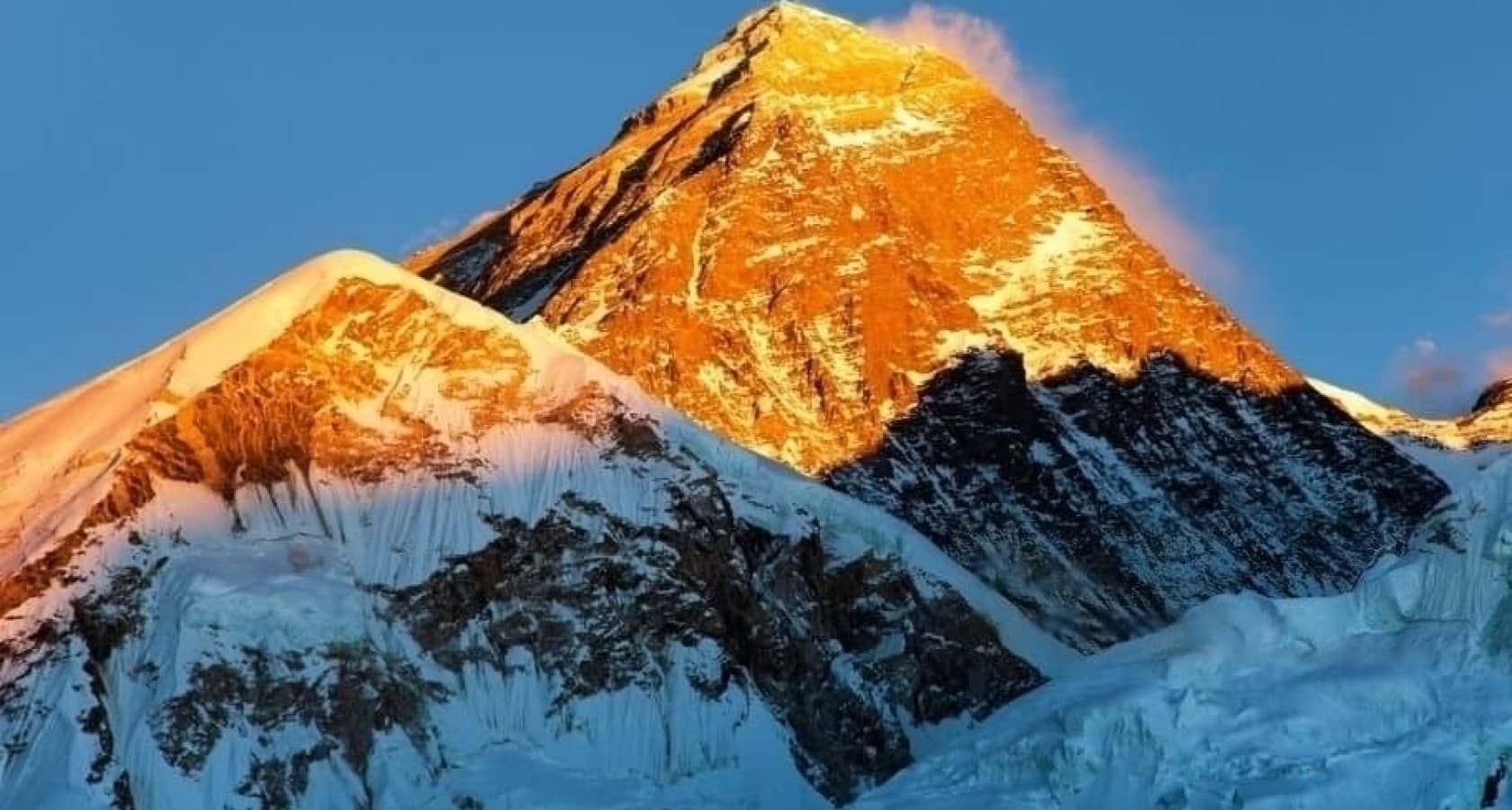
Addressing the challenge of the Everest Base Camp trek falls within the moderate difficulty range. Individuals unfamiliar with high-altitude locations should exercise caution due to the ascent to 8,848 meters from sea level. The duration for this trek is 14 Days, which leads to Everest Base Camp. It offers insights into Sherpa culture, monasteries, and rugged trails amidst picturesque landscapes, including lakes, rivers, suspension bridges, and charming local villages. Observing the unique lifestyles and architecture of the inhabitants in the Everest region is truly captivating.
After tackling uphill and steep terrains, with sweat pouring down, there's a song lyric that echoes the sentiment: "Skip to the good and reach your destination." The reward for your challenging journey is none other than the magnificent Everest Base Camp.
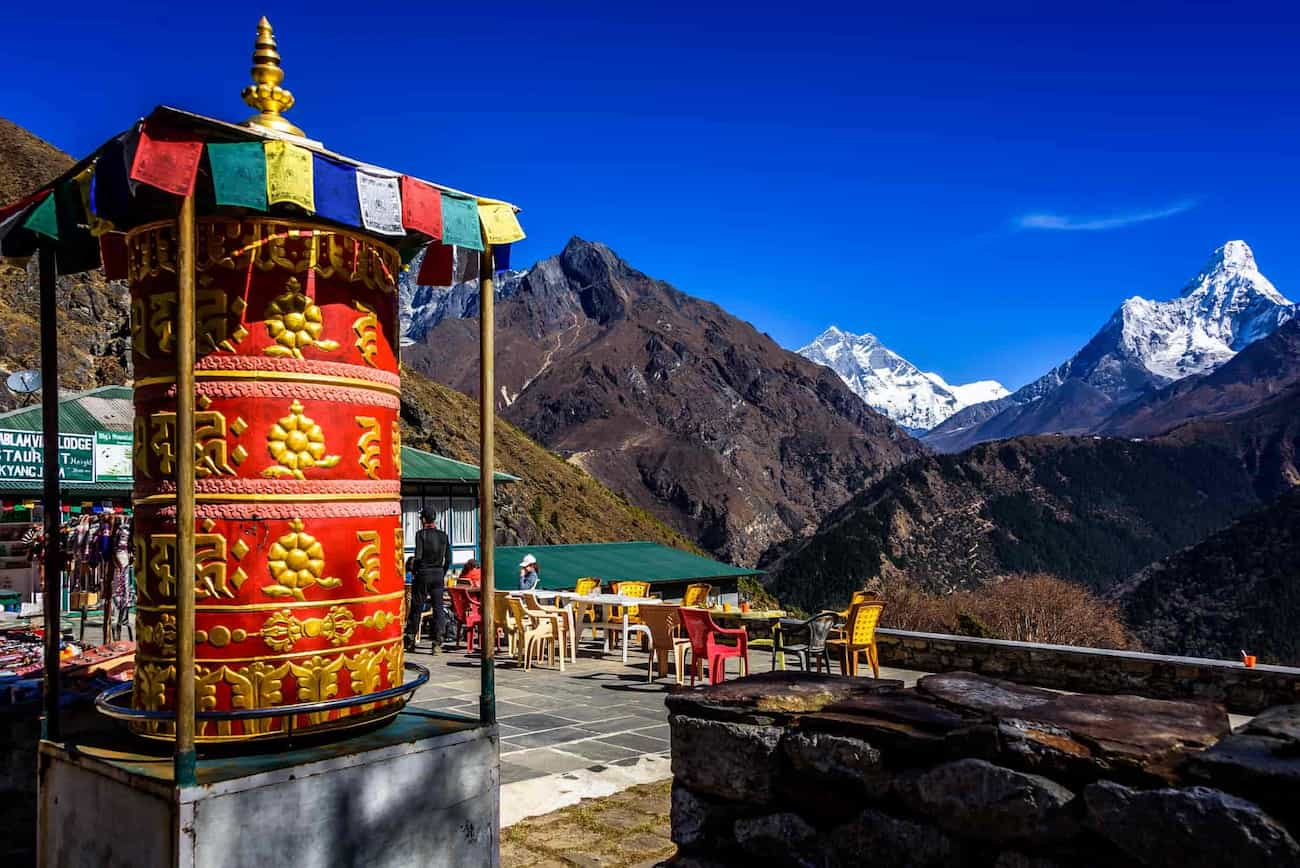
When preparing for an Everest Base Camp trek, your physical and mental well-being are paramount. Endurance is crucial as you’ll navigate steep and uphill terrains for extended periods. Engage in exercises like cycling, jogging, and swimming to enhance cardiovascular fitness and strengthen your legs. Incorporate activities like stretching and yoga to improve flexibility and mental health. If height-related fears arise, therapy and counseling can provide exposure and support. Cultivating a positive mindset is vital, aiding confidence during challenging situations. Educate yourself about the trek, understanding potential challenges and strategies to overcome them, ensuring a well-prepared and confident trekking experience.
When trekking at high altitudes like Everest Base Camp, understanding altitude sickness is crucial. It’s vital to be conscious of your body, prioritize your health, and ensure your safety. Mild symptoms include headaches, dizziness, fatigue, shortness of breath, loss of appetite, insomnia, and nausea. Severe symptoms involve vomiting, persistent coughing, chest congestion, and difficulty walking in a straight line. In extreme cases, marked by blue or gray lips or fingernails, a rescue helicopter can be called as a precaution, with prior arrangements made for emergencies.
It’s essential to allow our bodies to acclimatize by ascending slowly. A general guideline is not to ascend more than 300-500 meters (1000-1500 feet) per day above 3000 meters. Climbing higher during the day and sleeping at a lower altitude aids acclimatization. Staying well-hydrated is crucial; drink plenty of water and avoid smoking and alcohol, as they can worsen altitude sickness symptoms. If any issues arise, communicate them to your experienced guide, who possesses ample knowledge on how to address such situations. In emergency cases, Patients will be promptly rescued by a helicopter.

There are three main trekking routes to Everest Base Camp: the classical route from Tenzing Hillary Airport in Lukla, the Gokyo Lake route, and the Three Passes trek. On the classical route, trekkers begin by landing in Lukla and trekking to Phakding on the first day, then continuing to Namche Bazaar on the second day. Namche Bazaar serves as a major hub in the Everest region, allowing trekkers to acclimate. They spend at least one day there, exploring the area and visiting the Everest Hotel for panoramic mountain views. From Namche, the trek proceeds to Tengboche, offering stunning views of Lhotse, Nuptse, Thamserku, Ama Dablam, Langtang Ri, and Everest. The journey continues to Dingboche, where trekkers acclimatize and enjoy views of Island Peak. Next, the route takes trekkers to Lobuche, providing views of Khumbu Glacier and Pumori Peak. Finally, the trek goes from Lobuche to Gorakshep, the last settlement before Everest Base Camp, and then proceeds to the iconic Everest Base Camp.
Another is the Gokyo Lakes route The Gokyo Lake route offers a thrilling adventure with fewer crowds and limited teahouses due to its higher altitude. After exploring Gokyo Lakes, trek up to Gokyo Ri (5,357 meters / 17,575 feet), a renowned viewpoint showcasing panoramic vistas of Cho Oyu, Everest, Lhotse, and Makalu. From Gokyo, descend to Thangnak and further to Dragnag, a small settlement en route to Cho La Pass, spanning altitudes from Gokyo (4,790 meters / 15,715 feet) to Dragnag (4,700 meters / 15,419 feet). Cross Cho La Pass, ascending to Dzongla, then descend to Lobuche. The challenging journey continues from Dzongla (4,830 meters / 15,846 feet) to Lobuche (4,940 meters / 16,208 feet). Finally, trek from Lobuche to Gorak Shep, the last settlement before Everest Base Camp, and proceed to Everest Base Camp (5,364 meters / 17,598 feet) from Gorak Shep (5,140 meters / 16,863 feet).
Last, The Three Passes trek presents a daring challenge, encompassing the traversal of three imposing mountains: Renjo La Pass, Cho La Pass, and Kongma La Pass. These majestic peaks provide unparalleled views, surrounded by the awe-inspiring Himalayas. This route boasts a lesser crowd compared to the classical Lukla to Everest Base Camp trail, primarily due to its higher altitude, resulting in limited teahouse availability.
A guide plays a crucial role in trekking, being entirely responsible for the entire trip; hence, having a knowledgeable guide is paramount. If a guide lacks proper expertise, clients may face issues, being unfamiliar with the area. An experienced guide ensures a smooth journey, offering guidance on altitude sickness, administering necessary medication and oxygen, and determining the appropriate walking duration and acclimatization stops. At Treklanders Adventures, our staff comprises highly professional and experienced individuals who not only make your journey easier but also stand by your side in emergencies, ensuring you explore the best places.
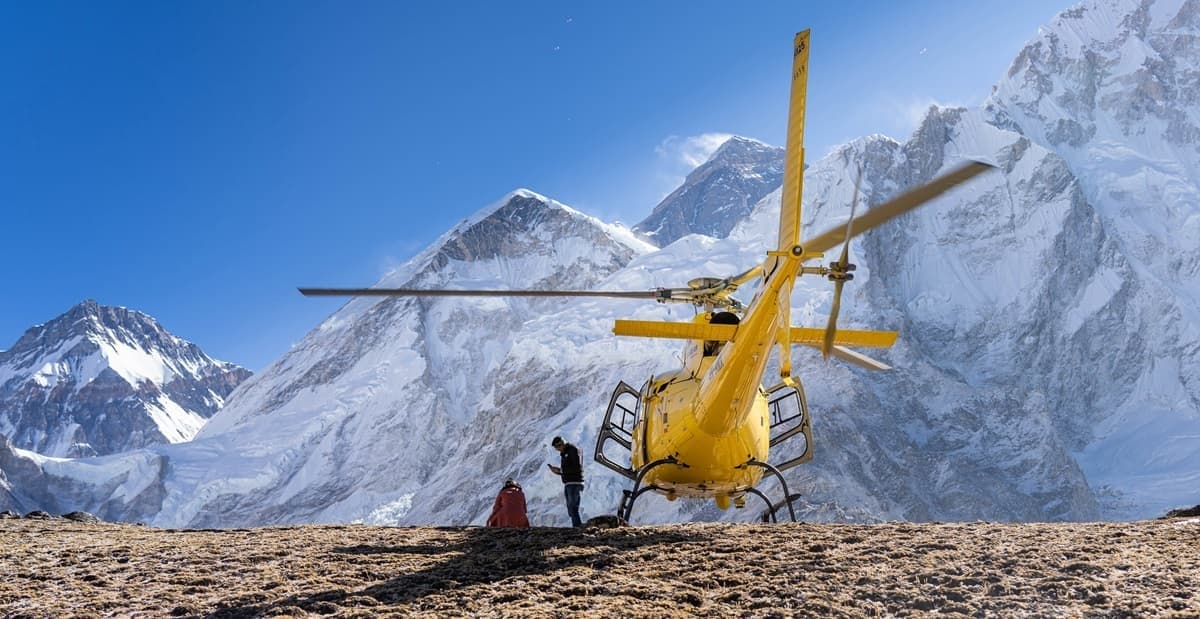
If you are unable to trek to Everest Base Camp, the most straightforward way to reach it is through a helicopter tour to Kalapathhar Everest Base Camp, known as the Everest Base Camp Heli Tour. This one-day tour offers a scenic helicopter ride, allowing you to witness various Himalayan peaks in the Everest region. Your guide will provide informative descriptions throughout the journey. This aerial exploration is the best option to quickly experience the beauty of the Himalayas in the Everest region. Upon arrival, you can capture videos and pictures, explore Kalapathhar, and create lasting memories. Afterward, you can return to Kathmandu from the same point, making it a convenient and accessible way to reach Everest Base Camp.
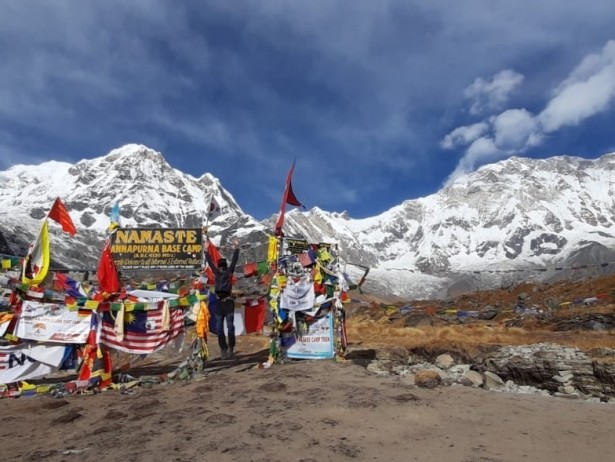
Overview:One can find the lost sense of tranquility in the most unexpected places. Although a considerably small nation, Nepal carries the weight of t...
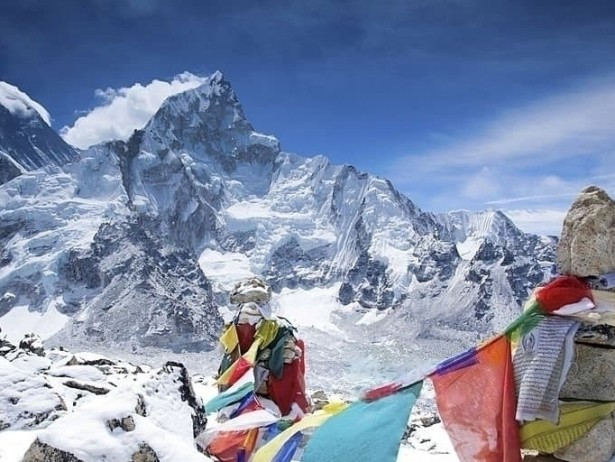
Overview of Everest Base camp trekking:Must Experience Everest Base Camp Trekking in Nepal is an incredibly special and unique adventure, unlike any o...
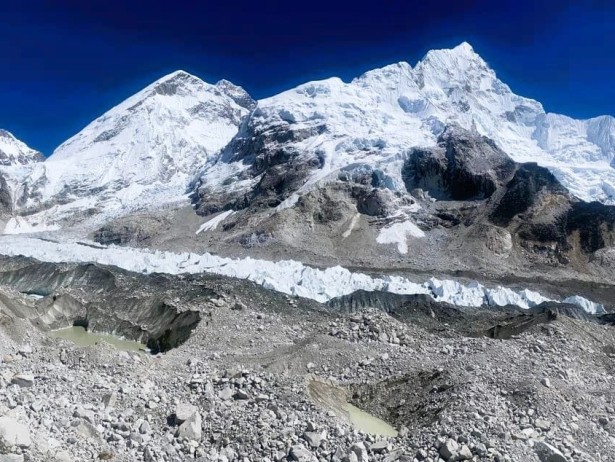
Overview:This article guides you on the best time to go Everest Base Camp trek. If you are planning to embark on the Everest Base Camp trekking advent...
